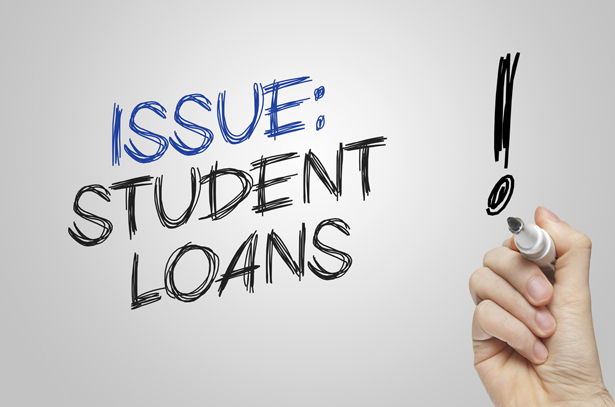
by Lil Tuttle
“Higher education has long been guilty of what, in another business, might be called price gouging,” writes Red Jahncke at Bloomberg. Price gouging is an exploitative business practice in which a “seller spikes the prices of goods, services, or commodities to a level much higher than is considered reasonable or fair.” If price gouging was done by an oil seller such as Exxon, or a tech seller such as Apple, consumers would demand recompense from them. So why are so many today calling for taxpayers to bail out student loan debt defaults that are caused by the price gouging of education sellers, namely colleges and universities?
Let’s consider the fairness of a taxpayer bailout of student debt loan first, and Jahncke’s solution to the debt loan crisis second.
Fairness of Taxpayer Bailout
Taxpayers didn’t cause student debt loan to explode. Colleges and universities did that by consistently raising their prices over the past few decades. Writes Jahncke:
It will come as no surprise to most Americans that college tuition has been rising at about twice the rate of inflation for a quarter century. This has left student borrowers with increasingly heavy debt burdens, which in turn have led to rising delinquency and default rates. The fundamental problem is that a large portion of any college’s operating funds come from federal student loans, on which taxpayers take the loss if students fail to repay. Universities themselves have no skin in this game.
In this 1.5 minute video, Prager University explains why college has become so expensive, from an average $3,400 per year in 1980 to more than $23,000 per year today:
As we’ve noted before, studies show that there is no student debt loan crisis among graduates who borrowed money to attend a four-year university. These grads are working and paying back their personal student debt responsibly. The financial crisis is among students who often did not complete lower-quality for-profit and two-year public institutions.
A taxpayer bailout of defaulted student debt is unfair in two ways.
- It punishes responsible college grads – now taxpayers – who, while paying their own loans, would also be forced to pay higher taxes to cover the loans of other defaulting student debt holders.
- It rewards irresponsibility of students as well as the very businesses – in this case, colleges and universities – that have been price gouging its customers.
Jahncke’s Solution
Colleges and universities must have some skin in the game in order to ameliorate the student debt loan problem, argues Jahncke.
The solution is to require that colleges absorb some of the loss on delinquencies and defaults by their graduates and dropouts: say, the first 5 percent of losses. And 1 percent to 2 percent of loan amount should be deposited with the Education Department at origination, as collateral.
Only colleges can control tuition, and the cost of room and board and other student expenses. Only they can assess which students are likely to gain the benefits that college should provide. Only they can design their curriculums to prepare students to be productive members of society and to make a living sufficient to repay their loans. We should hold colleges accountable so they do all these things far better than in recent decades.
He argues that colleges and universities would be incentivized to improve their business practices in a number of ways, among them:
- “trim their bloated administrations, where non-teaching staffs have ballooned by 60 percent between 1993 and 2009;”
- focus on applicants with less likelihood of defaulting on their loans;
- “view their curriculums with greater realism,” building and offering coursework with better career prospects.
Outstanding student debt is $1.26 trillion today, double what it was in 2009. This trend can’t continue, but a taxpayer bailout and ‘free’ college are not the solutions.
“There is no such thing as ‘free’,” concludes Jahncke. “Someone always pays.”
That’s why student loans should no longer be free to the colleges that use them to fund their operations. Introduce a cost to them for access to that money, and they will spend it more wisely. They are the ones who should know where funding should be cut and where to reallocate it. But until they have something to lose, they will have no incentive to do so.

